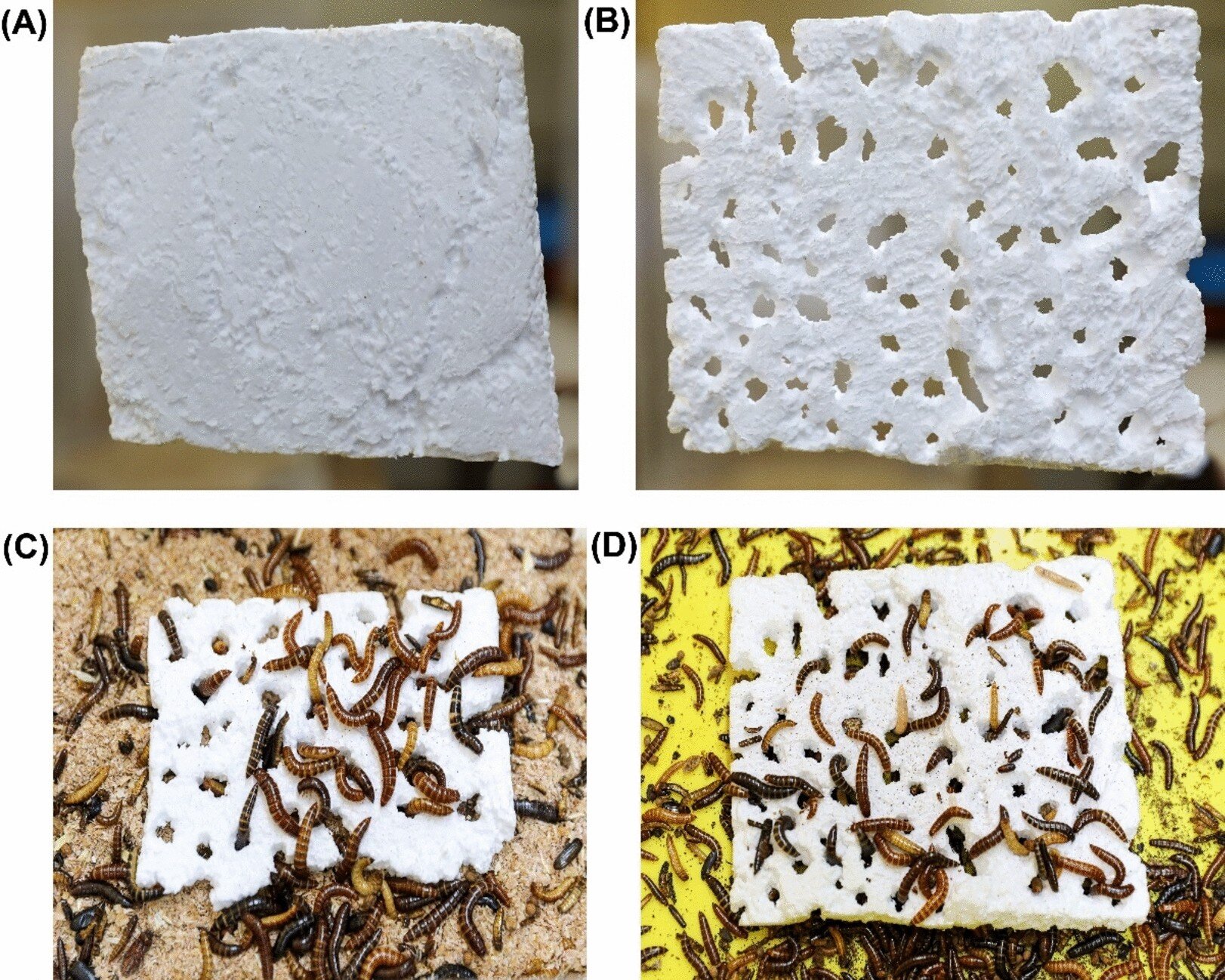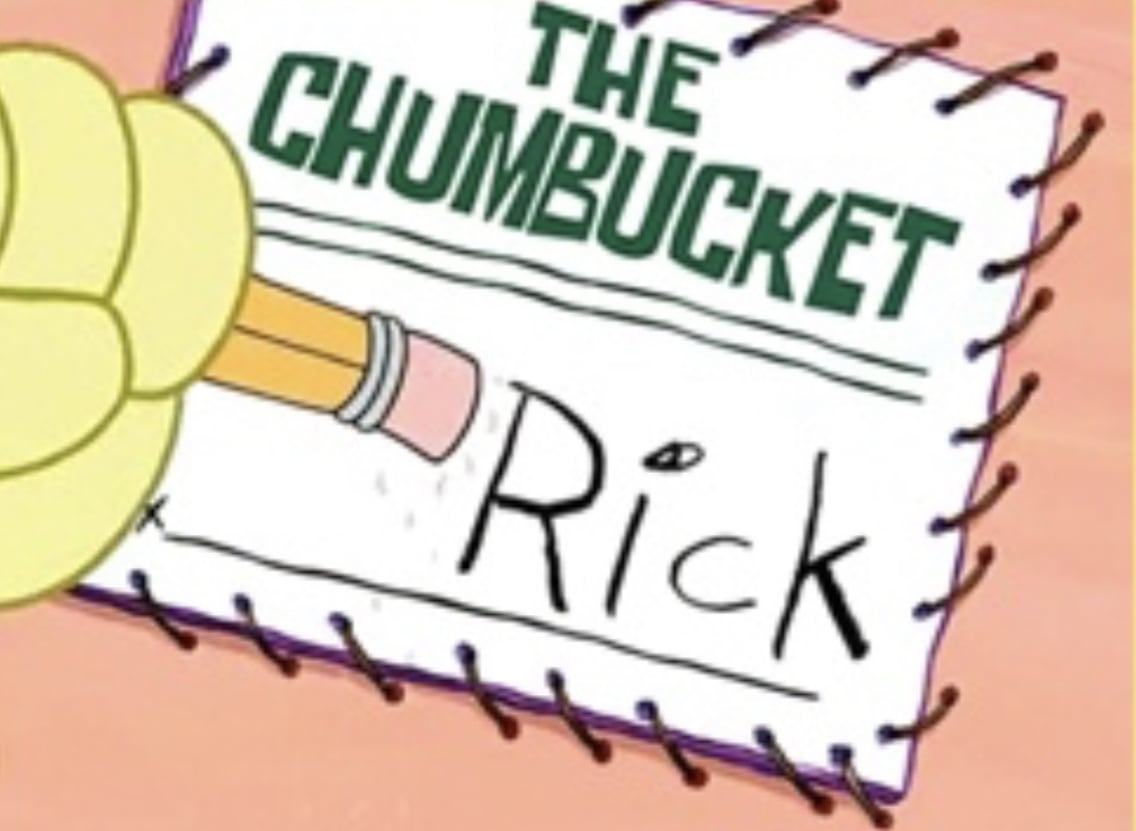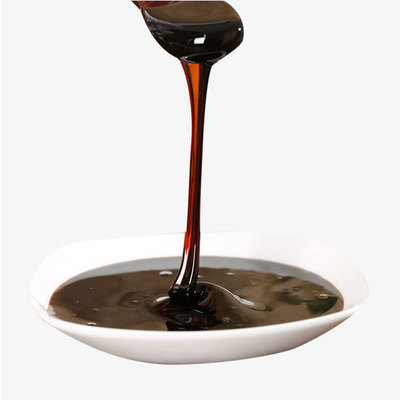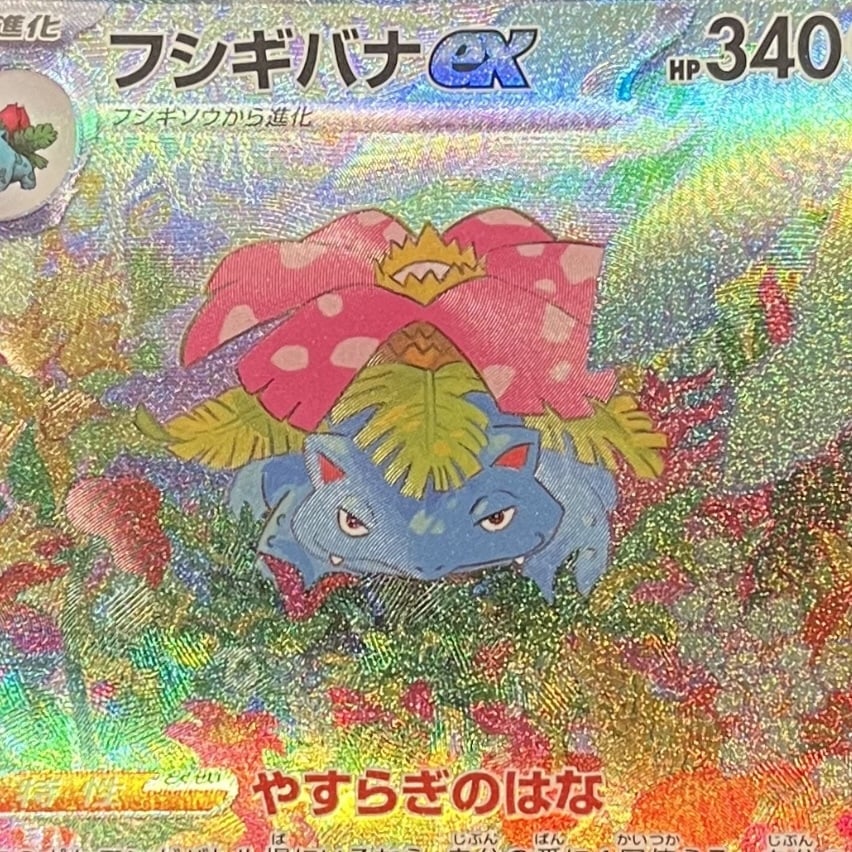- cross-posted to:
- climate@slrpnk.net
- cross-posted to:
- climate@slrpnk.net
I’ve wondered how far out we are from microorganisms and insects adapting to remove one of the biggest utilities of plastics, their durability. Crazy to think it’s taking less than a century for these organisms to begin to adapt.
Might have been even faster if world insect populations weren’t crashing.
You could also draw a conclusion that plastic eating insects are evolving faster because of less competition and abundant plastic. It’s amazing how life can be both fragile and resilient at the same time
Life is incredibly resilient. It’s been through way worse than us and it’s done fine.
The right conditions for any single species to keep existing in a safe and comfortable place, like the friendly green-blue paradise we were born on, are heartbreakingly fragile.
I expected to see microbes here first. Insects have a slower reproduction cycle, so evolution should take longer.
Well, it’s the gut bacteria of those insects doing the breaking down, so it is still microbes. Just microbes hosted by worms.
There are adapted ground bacteria in tar pits, eating tar.
Yeah – I wasn’t expecting nature to make plastics biodegradable sooner than we did.
It wasn’t in the article, but is the styrofoam converted into something else as excrement? Or do they just crap out micro plastic?
I clicked through to the Nature article, and it sounds like about half the plastic gets used for making energy and exhaled as carbon dioxide, with the other half getting pooped out as microplastics. I’d call that progress. It’s not the end goal, but it’s a good tool with some potential, is I think what they are saying.
Just give them little diapers
Oh nice! Yeah that’s good news for sure.
More like when there is an abundance of something in an environment. Something will adapt to consume it evolution at its finest.
Yep. If a material can be converted to energy there’s something out there that’s either already eating it or is only a few mutations away.
I can’t find it in the article, but I assume this is the same as all the other plastic eating organisms; They can eat plastic under specific circumstances, but would rather not. What is in the article; they can only survive on polystyrene if it is mixed with other food and nutrients.
Not true.
We found that mealworms on the polystyrene-bran diet survived at higher rates than those fed on polystyrene alone.
While the polystyrene-only diet did support the mealworms’ survival, they didn’t have enough nutrition to make them efficient in breaking down polystyrene.
Many of the ones fed only polystyrene for a month did survive, they just fared poorly as with any organism that’s eating only one substance for an entire month. But they did live, which is pretty impressive.
They have gut bacteria that can break down polystyrene for nutrition. They just can’t eat only polystyrene and nothing else and thrive. It’s mostly an area of research because they want to use the bacteria in processing waste, not that the mealworms are going to be the answer as-is.
We’re going to develop or find some efficient life form to break down plastics quickly. Solve our waste problem. And it’s going to get loose into the wild and start breaking down plastics everywhere, uncontrollably. Straight out of Larry Niven’s Ringworld series (theirs was a superconductor-eating bug).
Probably not though, that’s just science fiction that never happens in reality. The nylon-eating bacteria that naturally evolved found long ago in waste areas never broke out to destroy all nylon. So at least there’s an example of it not happening.
I’m confident that it will happen, these things just take time. There’s enough energy floating around bound up in plastic polymers, and the chemistry is simple enough, that something will learn to make use of it. 100 years is just way too short in evolutionary time for it to happen on a large scale.
Dead on. It happened with trees, and wood is still useful.
Maybe we should be happy it doesn’t happen, breaking down all plastics which are currently everywhere would probably result in massive CO2 emissions. That’s why I’m always sceptical when these kind of articles appear; it gives some people an excuse to say the overuse of plastics isn’t an issue.
And it’s going to get loose into the wild and start breaking down plastics everywhere, uncontrollably.
That’s fine, really. Eco problem solved and we need alternatives to plastic (made of oil) in the next few tens of years anyway.
Do they even process it or is the goal just to have plastic waste but with extra steps?Oh, they can break it down.
I had a foam insulation board that I used to insulate my chicken coop. The chickens pecked at and ate a bunch of it before I noticed and got it covered up.
Well, seagulls eat plastic too…
Termites will too. https://photos.app.goo.gl/N46wazw6nUnFKBXF7
This was extruded foam insulation







